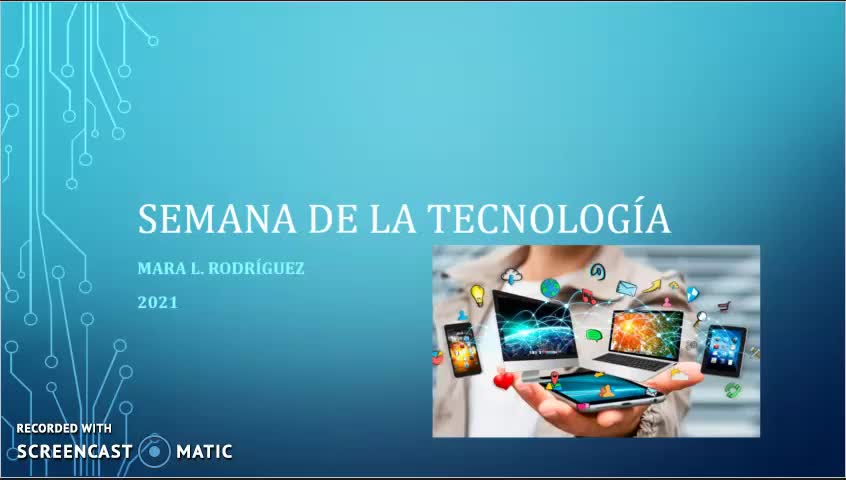High School > Computer Science > Internet Videos
Social connectivity has seen its glory days, thanks to the invention to interconnect computers systems from different parts of the world called the Internet. Through the Internet protocol, devices across the world are linked, allowing data transfer and communication, among others. With a wide range of information resources, the Internet system has created services like the World Wide Web, electronic mail and telephony. It uses protocols such as TCP/IP and HTTP or Hypertext Transfer Protocol.
The Internet’s accessibility has made the world as small as people can communicate wherever they are located. Even a small remote island in Asia or in Africa can use the internet to watch YouTube videos, call a friend through skype or send an email to a business partner. Communication has become flexible as it facilitates people to contact colleagues, family, and friends through text, voice, and even videos. This technology has aided many businesses and organizations to automate the exchange of messages.
There’s also that the usability factor of the Internet that is designed in a simple and efficient way. It has given birth to new softwares and applications that create a space for interaction. News and magazines have converted into purely online websites with the use of internet services. And of course, there’s the ever-noticeable existence of social media that’s generating new internet culture in itself.
Compared to its early years, the internet can become rather cost efficient with the development of low-cost resources. This is aided by the growing number of IT technology provided for by inventors, traders, and distributors. There’s also an increase in competition for internet service providers, especially in developed countries. The demand is pushing forward for rather affordable and quality choices.
And with the advent of high-speed CCTV camera, the internet has facilitated security systems to make tracking suspects easier. On another note, it has also created transparency through data exchange and mining, which may be controversial now especially with data policy issues, but still an important development of the Internet to this date.









